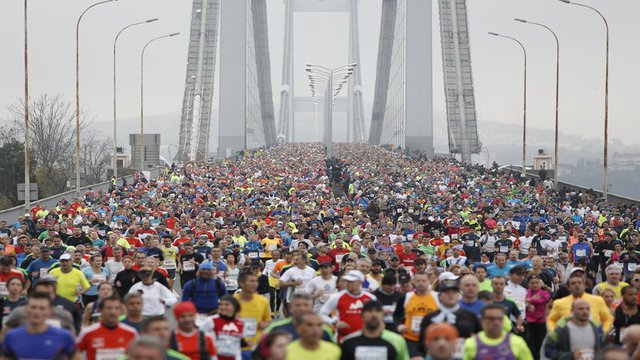

Table of content
Sports tourism is a growing sector with many opportunities for future employment.
We all know that sports tourism involves some kind of sporting activity, that's pretty obvious. But, there is much more than a game, a race or a match behind this multi-billion-dollar global industry.
In this post, we explain what sports tourism is, and look in more detail at different types of sports tourism, something you can delve deeper into and become an expert in with the Sports Tourism Master Real Madrid.
Define sports tourism
Sports tourism is the act of travelling to a destination, with the intention of being involved in some way with a sporting activity or event. Many people believe that sports tourism relates only to watching a sporting event. However, this is not correct. The sports industry is much more than this.
Sports tourism encompasses travel for sporting purposes in its own right, such as taking a yoga teacher training course, participating in a padel competition, learning to surf, or running a marathon.
Sports tourism includes attending sporting events such as a Formula One race or a La Liga football match - a market with increasing potential thanks to the new term 'Sportainment'. It also includes nostalgic visits to places of historical significance, such as the Olympic stadium in Greece, or to see memorabilia related to your favourite sporting hero, such as the museum at the legendary Santiago Bernabeu stadium.
Types of sports tourism
Sports tourism can be segregated into three main types:
- Passive sport tourism and sport event tourism.
- Active and participatory sports tourism.
- Nostalgia tourism: a new urban reality.
Below, we look in more detail at what each one means and give you some examples of sports tourism.
Passive sports tourism
This type of tourism focuses on travelling to a destination with the intention of watching an event or tournament rather than participating. Sporting events can be of any size and importance including amateur events - watching a friend or someone in your family run in a marathon, for example. However, when we talk about passive sports tourism to watch an event, we usually think of the most well-known events in the world. Some examples are:
- The World Cup
- The Olympic Games
- The Tennis Grand Slams (Australian Open, French Open, Wimbledon, US Open)
- The Ryder Cup of golf
- The Super Bowl of American football.
Active sports tourism
Contrary to what we saw before, active sports tourism is when a person travels to actively participate in their chosen sport, or when they travel for other reasons, but sport is an important part of their tourism experience.
Increasingly, popular races, such as the London Marathon, New York City Marathon, Berlin Marathon, and Boston Marathon, are attracting amateurs and running enthusiasts to compete and experience running a marathon.
Sports and adventure tourism is a growing sector - something of interest to companies seeking the benefits of sports sponsorship and sportainment - and there are places around the world where people love to go for extreme sports. Adventure sports and New Zealand are synonymous; in fact, the country is the world capital of adventure sports such as bungee jumping, skydiving, rafting and more.
Nostalgia Tourism
Nostalgic sports tourism is the act of travelling to famous sports-related tourist attractions. Such travel includes visits to museums or exhibitions, visits to Sports Hall of Fame or sports facilities.
The nostalgic sports tourist does not need to be actively participating in the sport or be a spectator. They may simply want to learn more or remember their favourite moments as a fan.
Examples of popular places for nostalgic tourism are:
- Maracana football stadium, Rio de Janeiro: The Maracana is a famous football stadium in Rio de Janeiro, Brazil. The stadium has a long history and was the largest stadium in the world.
- Barcelona Olympic Park: The Vila Olímpica del Poblenou is an area in the Sant Martí district of Barcelona. It was built in the late 1980s and early 1990s in preparation for the 1992 Olympic Games, which were held in Barcelona.
- Basketball Hall of Fame, USA: Located in Springfield, Massachusetts, the Basketball Hall of Fame is a museum celebrating the history of the sport and its most famous players.
Study sports tourism at Escuela Universitaria Real Madrid - Universidad Europea
The master's degree in sports tourism will help you launch your professional career in this fast-growing sector, which needs leaders to embrace its future.
You will learn how to manage the business of the future of the industry where sport and entertainment merge into one thanks to advances in technology.
During this master's degree you will have the opportunity to carry out real projects with leading companies in their area, and participate in trips to the Spanish Mediterranean, a key place for sports tourism thanks to facilities such as the Nou Camp, Port Aventura, Montmeló Circuit, Valencia Ciudad del Running and Pinatar Arena in Murcia.
Article published on June 10, 2022